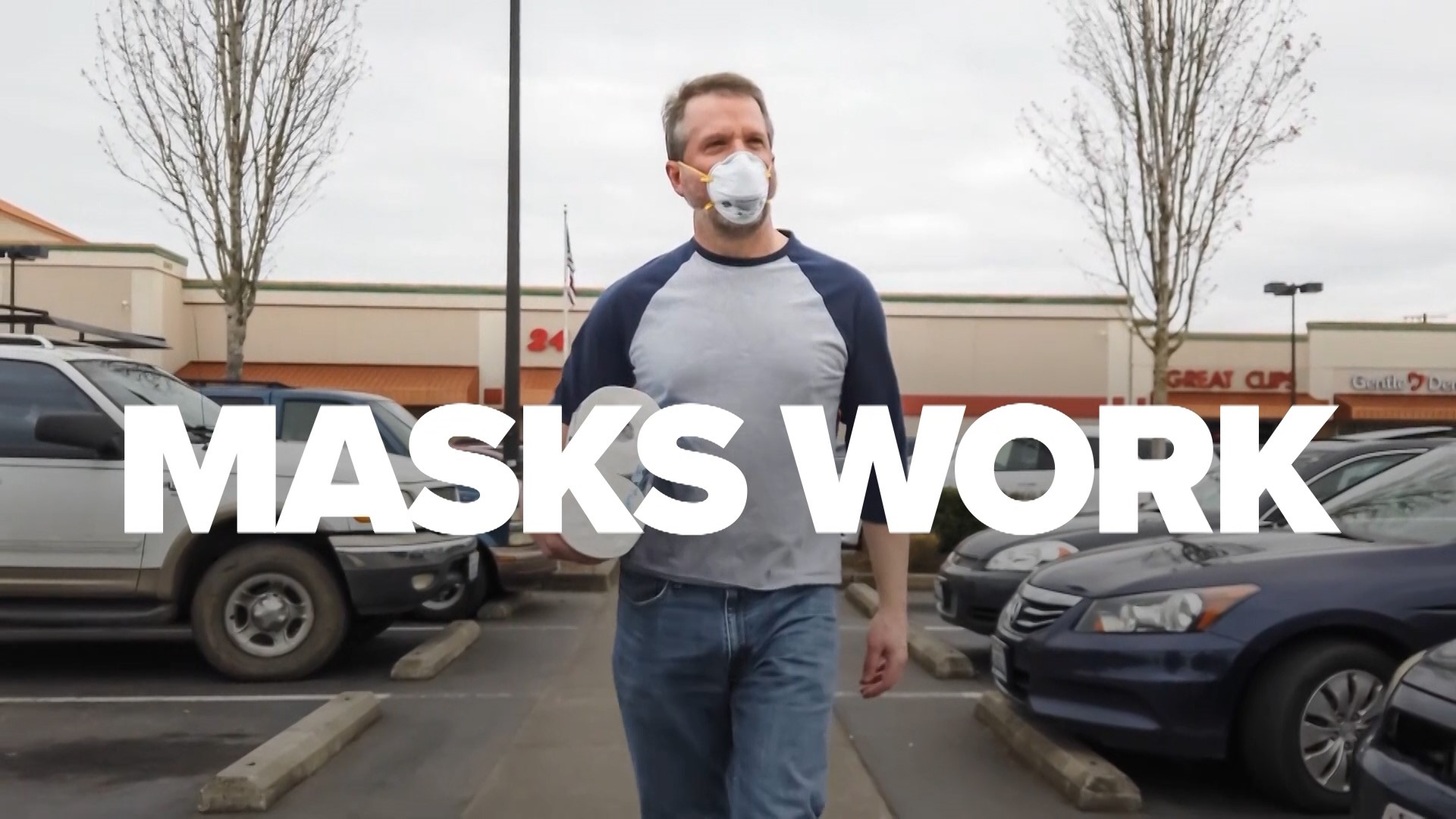BOWLING GREEN, Ohio — Community wastewater monitoring data from Bowling Green show an elevation in indicators for SARS-CoV-2, the virus that causes COVID-19, consistent with the local increase of COVID-19 cases, the Wood County Health Department said on Monday.
In a new effort to help mitigate the spread of COVID-19, a network across Ohio is studying samples of wastewater to look for the presence of fragments from the virus that causes the disease. An upward trend of viral gene copies has been detected in the Bowling Green Water Pollution Control Facility sewer shed, which serves the Bowling Green and Portage communities, the health department said.
This trend is consistent with the increase in cases of COVID-19 recently observed in Bowling Green and the broader Wood County community.
Wood County Health Department is urging residents to remain vigilant in their efforts to help limit further spread of the disease. Everyone should limit social gatherings, social distance (6+ feet) when around people outside your household, wear face coverings, and adhere to prevention efforts, such as frequent hand-washing and staying home when sick.
These results come in the same week as Wood County was elevated to Level 3 (Red) in the Ohio Public Health Advisory System (PHAS). Wood County was at Level 2 (Orange) for several weeks due to increasing cases, with the majority coming from within the community and not in congregate settings.
The reason for the move up to Level 3 is that more people went to a health care provider with COVID symptoms and then received a confirmed or suspected COVID-19 diagnosis.
The PHAS recommends that people living in an area with a Level 3 designation limit activities as much as possible, decrease in-person interactions with others, consider necessary travel only, and limit attending gatherings of any number.
The increase of COVID-19 cases in communities is typically tracked by testing people with symptoms, an indicator that lags behind the actual spread of the disease.
However, research has shown that non-infectious RNA (ribonucleic acid) from the virus that causes COVID-19 can be detected in wastewater as many as 3-7 days before those infections lead to increases in reported cases or hospitalizations. This means that monitoring raw wastewater in sewage collection systems can provide an early warning of disease increase in a community.
When interpreting this specific viral data in wastewater, it is only appropriate to monitor and observe the trends detected in a community over time, not individual daily readings themselves, the health department said.
Levels in the Bowling Green community increased 7.5 times, from 1.5 million gene copies (MGC) per person per day on Oct. 25 to 11.3 MGC per person per day on Nov. 4. Based on the most recent sample collected Nov. 8, current levels are 5.6 times higher than they were on Oct. 25.

